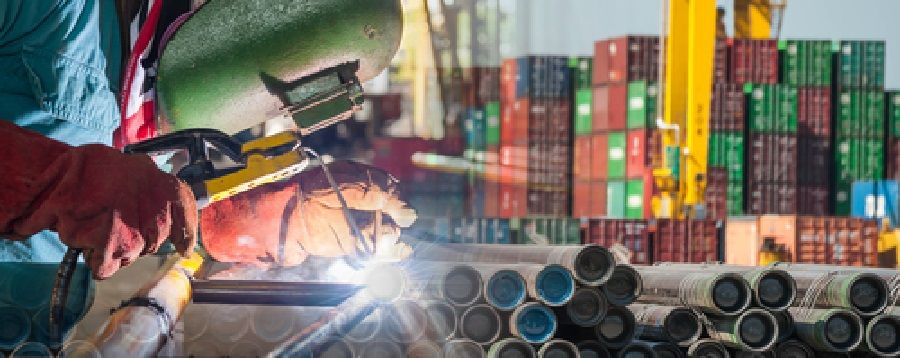
Key Points for Safe Welding and Cutting

Welders and those who use cutting torches face a variety of work-related hazards, including burns, eye damage, electrical shock, cuts and exposure to fumes and ultraviolet radiation. While the dangers of flying particles and burns are fairly self-explanatory, the other welding safety hazards aren’t as widely understood.
Depending on the type of welding and cutting – and on the properties of the materials being worked – welders can be exposed to a variety of vapors, fumes and chemicals ranging from merely irritating to deadly.
Prolonged exposure to welding fumes may cause lung damage and various types of cancer, including lung, larynx and urinary tract. Health effects from certain fumes can include metal fume fever, stomach ulcers, kidney damage and nervous system damage.
In addition, ultraviolet radiation from a welder’s arc can cause a painful condition known as photokeratitis. Longer-term exposures have been said to cause cataracts. Awareness of the most common welding hazards and knowing how to avoid them ensures a safe, productive work environment for all.
An ongoing safety program improves welding safety and reduces the chances of workers becoming complacent. Ensure that workers always have the most up-to-date information as new techniques and technologies are developed.

